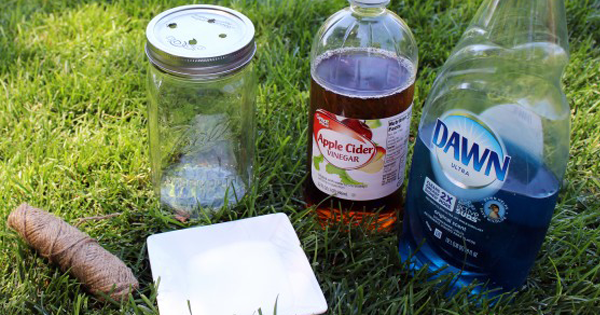Advertisement
We know it's bad for us, but that smell of bacon, cheese, and meat is simply irresistible, and we forget about our homemade salads we brought to work and dive into a world of greasy burgers and fries.
Why is that?
According to new research from the California Institute of Technology, it all boils down to how quickly our brains factor taste and healthfulness.
"What we wanted to find out was at what point the taste of the foods starts to become integrated into the choice process, and at what point health is integrated,"the study's lead author, graduate student Nicolette Sullivan, said in a statement.
The Huffington Post explains, "Sullivan and her team asked 28 student participants who had been fasting for four hours to individually rate 160 foods, on a scale of -2 to 2, for their healthfulness, tastiness, and how much the participants would like to eat that food after the experiment finished."
They were then given 280 random pairings of images of the same foods on a computer screen, and participants were asked to click on which food their preferred of the two. Researchers analyzed the movement of the mouse during their selections--this allowed them to evaluate down to the millisecond when taste and health information kicked in during the decision-making process.
With this new technique they created, they were able to determine how quickly taste drove the mouse's movement, and how fast healthfulness did.
What they found was that if the movement of the participant's cursor was driven by health shortly after being driven by taste, they usually ended up with the healthier option (say, a raw salad). However, if the opposite happened, and they considered taste immediately and then factored in healthfulness, they were more likely to pick the unhealthy option (say, a donut).
Their conclusion? We consider taste, which is concrete and immediately apparent, above health, which is a more abstract measure.
On average, taste influenced decision-making processes 200 milliseconds before health did. On the other hand, 32 percent of participants were completely driven by taste.
"A big factor here is how quickly you can represent and take into account different types of information when you are making choices," Antonio Rangel, a professor in the department of Neuroscience, Behavioral Biology, and Economics at CalTech, said in a statement. "People are making these choices very quickly—in a couple of seconds—so very small differences, even just a hundred milliseconds, can make an enormous difference in whether or how much health considerations ultimately influences the decision."
This ultimately could revolutionize how health information is presented on food labels.
"If you go to the supermarket, does it matter how big the calorie count information label is on the yogurt?" Rangel said in the statement. "More visible information may affect how quickly you compute health information. We don't know, but this study opens such possibilities."
What do you think about this new study? Did you ever think of it this way before? Let us know what you think in the comments!




